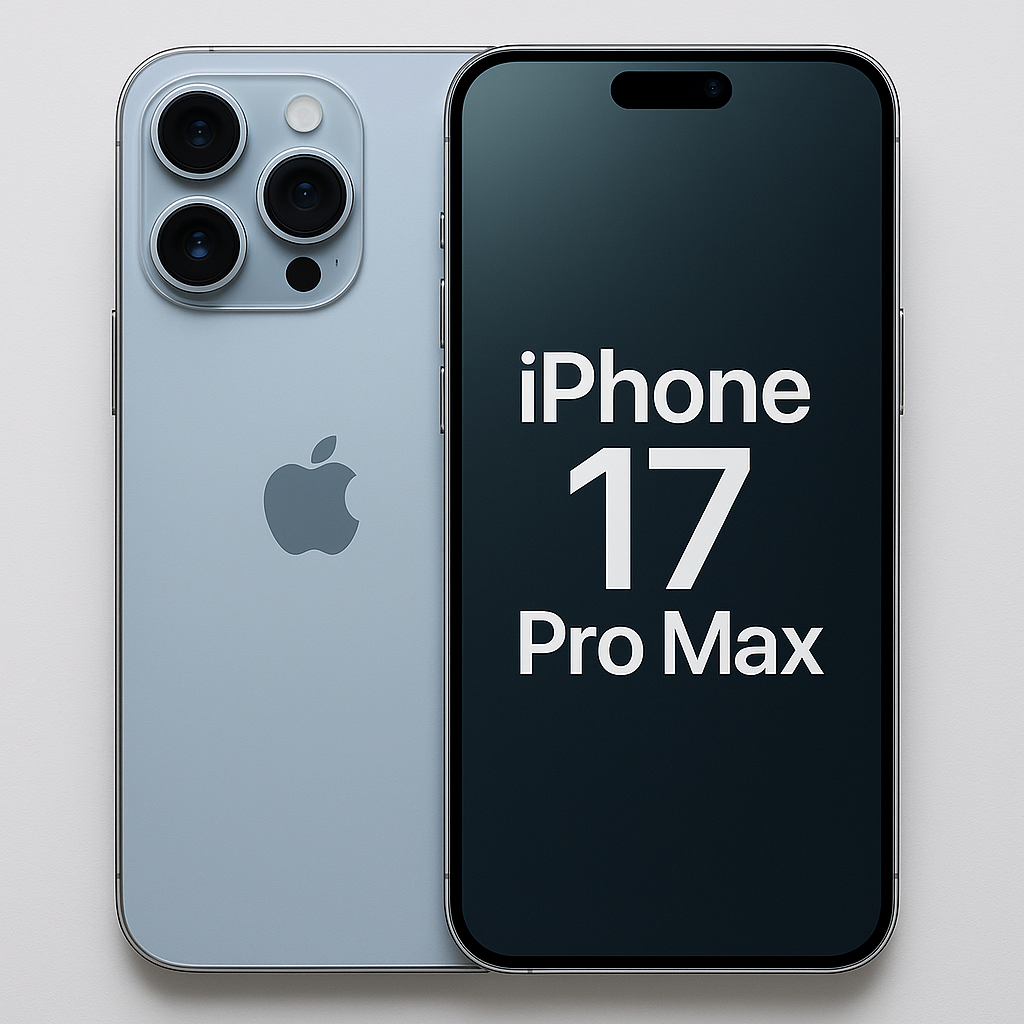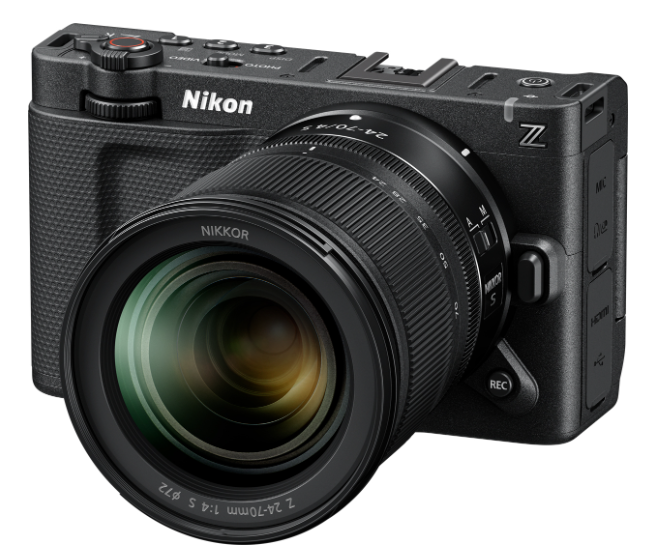The PlayStation 5 (PS5), launched in November 2020, has now been on the market for over four years, evolving through updates, a Slim model in 2023, and a Pro version in 2024. As of April 30, 2025, the PS5 has sold over 60 million units, dominating the current console generation. This review examines the PS5’s design, hardware, software, game library, accessories, and overall value, offering a comprehensive look at whether it remains a worthwhile investment in 2025.
Design and Build: A Bold Statement with Practical Updates
The PS5’s design is polarizing yet iconic. The original model, with its towering 15.4 x 10.2 x 4.1-inch dimensions and 9.9-pound weight, features a futuristic aesthetic: two matte-white panels sandwiching a glossy black core, accented by blue LED lighting. It’s often described as a “robotic clam” due to its curved, asymmetrical look, especially on the disc version where the drive protrudes. The 2023 PS5 Slim reduces the footprint by about 30%, making it easier to fit into entertainment setups, though it’s still larger than competitors like the Xbox Series X. The Slim also introduces a modular design, with a detachable disc drive ($80 add-on for the Digital Edition), offering flexibility for users who might transition between digital and physical media.
The PS5 can be positioned vertically or horizontally with an included stand, though the original stand’s flimsiness drew criticism for horizontal setups. The Slim model improves this with a more stable base, but the vertical stand is now a separate $30 purchase for both Slim and Pro models, a move some see as a cost-cutting measure by Sony. The console runs quietly, a stark contrast to the jet-engine noise of the PS4, and it manages heat well, even during intense gaming sessions. However, its size—especially the original model—can be a challenge for smaller spaces.
Ports have evolved with the Slim: the front now sports two USB-C ports (replacing the original’s USB-C and USB-A combo), while USB-A ports are relegated to the back. This change supports newer accessories like the PlayStation Link dongle for audio devices, though some users might miss the front USB-A for quick connections. Overall, the design is a bold statement of Sony’s vision, but its practicality has improved with the Slim, making it more user-friendly while retaining its distinctive look.
Hardware: Power Meets Innovation
The PS5’s hardware remains a standout in 2025. At its core is a 3.5GHz 8-core AMD Zen 2 CPU paired with a 10.3 teraflop RDNA 2 GPU, delivering 4K gaming at up to 120fps with ray tracing for enhanced lighting and reflections. The custom 825GB SSD (667GB usable on the original, 1TB with 1.89TB usable on the Pro) revolutionizes load times—games like Spider-Man: Miles Morales load in seconds compared to minutes on the PS4. The SSD’s speed also enables seamless world transitions, as seen in Ratchet & Clank: Rift Apart, where players jump between dimensions instantly.
The PS5 Pro, released in 2024, boosts graphical fidelity and frame rates, leveraging PlayStation Spectral Super Resolution (PSSR) for AI-upscaled 4K visuals at 60fps. Games like Final Fantasy 7 Rebirth and Stellar Blade show noticeable improvements on the Pro, with crisper visuals and smoother performance. However, the Pro’s $700 price tag and lack of a disc drive (sold separately) make it a niche upgrade for enthusiasts, as many games don’t fully utilize its power yet.
Storage remains a pain point. The original 825GB fills up quickly with modern games—Call of Duty: Black Ops 6 can take up 150GB alone. The PS5 supports NVMe M.2 SSD expansion, but compatible drives are pricey, and installation requires technical know-how. The Pro’s 2TB SSD alleviates this somewhat, but for most users, managing storage is an ongoing hassle. Wi-Fi 7 on the Pro improves download speeds and stability, especially for remote play with the PlayStation Portal, but its benefits depend on your internet setup.
Software and User Interface: Elegant but Not Perfect
The PS5’s user interface (UI) is a refined evolution of the PS4’s, with a sleek, game-centric design. Selecting a game transforms the main menu with its artwork and music, creating an immersive experience. The Control Center, accessed with a single tap of the PlayStation button, acts like a taskbar, offering quick access to recent games, downloads, friends, and apps like Netflix. Activity Cards provide in-game progress updates and hints, though their usefulness varies by game—some are just fluff, like news links, while others, like level completion estimates, are genuinely helpful.
Sony has added features over time, such as personalized 3D audio profiles for headphone users and Party Share for real-time gameplay streaming. Remote Play, available on iOS, Android, and the PlayStation Portal, is more stable than on the PS4, but it’s still dependent on a strong Wi-Fi connection. The UI’s elegance is occasionally marred by clutter in the PlayStation Store, where PS4 and PS5 versions of games can confuse buyers, and the lack of backward compatibility for PS3 and older titles (despite a search field hinting at it) disappoints longtime fans.
PlayStation Plus has three tiers in 2025: Essentials ($10/month) for online play and monthly games, Extra ($15/month) for a larger game library, and Premium ($18/month) for cloud streaming. While useful, PS Plus lags behind Xbox Game Pass, which offers day-one first-party releases—Sony’s exclusives often take years to hit PS Plus, a sore point for budget-conscious gamers.
DualSense Controller: A Game-Changer
The DualSense controller is the PS5’s crown jewel. Its haptic feedback and adaptive triggers redefine immersion: in Astro Bot, you feel the texture of surfaces through subtle vibrations, while in Devil May Cry 5: Special Edition, the triggers resist to mimic the weight of a sword swing. The controller’s design, with a grippy texture featuring PlayStation iconography, feels premium, and its battery life (up to 13 hours) is a step up from the DualShock 4.
However, not all games utilize the DualSense’s features equally. Astro’s Playroom remains the best showcase, while others, like some third-party titles, overuse the triggers to the point of fatigue, leading some players to disable them. The DualSense Edge, a premium variant, offers customizable buttons and triggers but comes with a high price tag that not all users find justified. Still, the DualSense is a revelation, setting a new standard for console controllers.
Game Library: A Growing Powerhouse
The PS5’s game library in 2025 is its strongest selling point. First-party exclusives like God of War Ragnarok, Spider-Man 2, and Horizon Forbidden West showcase the console’s graphical prowess, with lush visuals and tight gameplay. Astro Bot, a 2024 release, is a standout, earning Game of the Year accolades for its joyful platforming and celebration of PlayStation’s 30-year legacy. Returnal and Ratchet & Clank: Rift Apart highlight the SSD’s capabilities, delivering fast-paced action with no loading interruptions.
Third-party titles also shine: Elden Ring, Baldur’s Gate 3, and Final Fantasy 7 Rebirth offer expansive experiences, often launching on PS5 before other platforms. Upcoming 2025 releases like Ghost of Yotei and Grand Theft Auto 6 promise to push the console further. However, 2024 was light on exclusives, with the failure of Concord—a live-service shooter that shut down shortly after launch—highlighting Sony’s struggles in that space. Posts on X reflect mixed sentiment: some users feel the PS5 lacks standout exclusives beyond Astro Bot, calling it a “PS4-pro-pro,” while others praise the Pro’s performance with games like Stellar Blade.
Backward compatibility is a mixed bag. The PS5 plays most PS4 games flawlessly, with some receiving free upgrades for better visuals and frame rates. However, support for PS3, PS2, and PS1 titles is limited, despite rumors of future compatibility via a patent application. This omission frustrates longtime PlayStation fans who want access to their full digital libraries.
Accessories: Expanding the Ecosystem
Sony has expanded the PS5 ecosystem with accessories. The PlayStation VR2, launched in 2023, offers 4K HDR OLED visuals and Sense controllers, a leap over the original PSVR. Games like Horizon Call of the Mountain showcase its immersion, but the $550 price tag and lack of backward compatibility with PSVR games limit its appeal. The PlayStation Portal, a handheld for remote play, is a niche but useful device for playing PS5 games over Wi-Fi, though it requires a strong connection.
The Pulse Elite headset, with planar magnetic drivers, delivers excellent sound quality but is pricey and bulky. Most PS4 accessories, like the DualShock 4 and licensed headsets, work with the PS5, though the DualShock 4 is limited to PS4 games. The ecosystem is robust, but the cost of entry for premium accessories can add up quickly.
Value and Competition: Still the Console King?
At $499 for the standard Slim (or $399 for the Digital Edition), the PS5 offers strong value in 2025. Its combination of cutting-edge hardware, a stellar game library, and the DualSense controller makes it the go-to choice for most gamers. The PS5 Pro, at $700, is harder to justify unless you’re a graphics enthusiast with a 4K 120Hz display, as its enhancements aren’t universal across all games.
Compared to the Xbox Series X, the PS5 has a weaker raw power profile but a stronger exclusive library and better controller. Xbox Game Pass offers better value for budget gamers, while the PS5’s exclusives and VR capabilities give it an edge for those seeking premium experiences. The Nintendo Switch, with a successor rumored for 2025, caters to a different audience with its portability and family-friendly games.
A Must-Have for Gamers
The PS5 in 2025 remains a powerhouse, blending innovative hardware with a growing library of must-play games. The DualSense controller and SSD are transformative, while the Slim model addresses some of the original’s design flaws. However, storage constraints, limited backward compatibility, and a high cost for accessories like the PS5 Pro and VR2 are notable drawbacks. Despite a quieter 2024, the PS5’s future looks bright with 2025 releases on the horizon. For gamers seeking a next-gen experience, the PS5 is still the console to beat.



